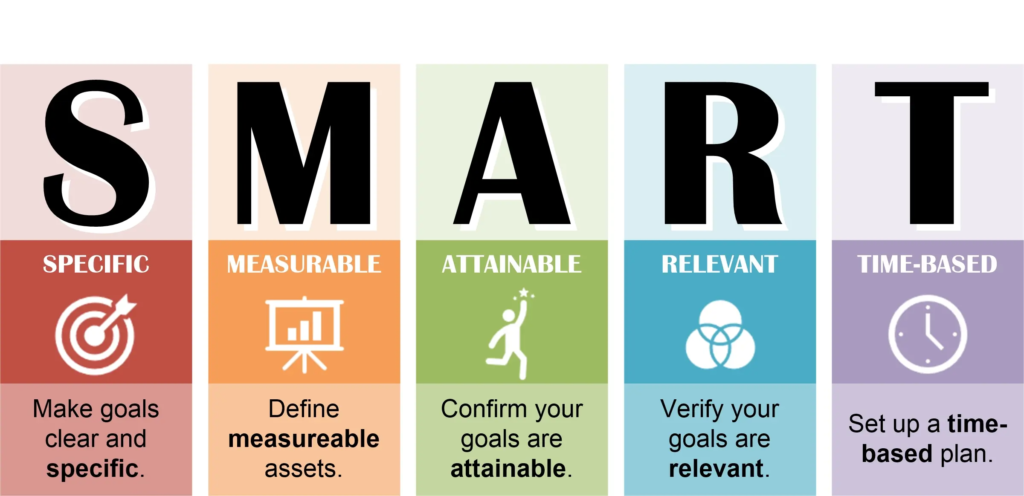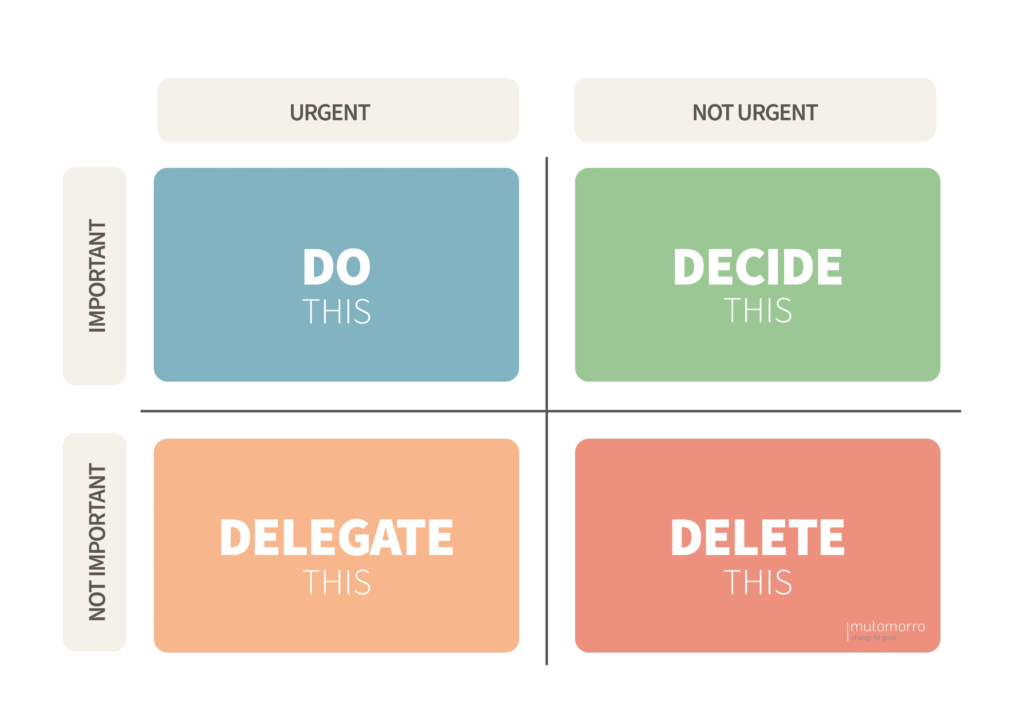Being a solopreneur or freelancer is both exhilarating and challenging. Isn’t it amazing to have the freedom to design your career path? But let’s face it—the flip side is being solely responsible for managing every aspect of your work: your time, tasks, and overall productivity. Have you ever wondered how to thrive in this dynamic role truly? It all starts with mastering productivity.
This guide is your ultimate toolkit, packed with proven strategies, powerful frameworks, and cutting-edge tools to help you not just work harder, but smarter. Let’s dive in and unlock the secrets to creating a balanced, fulfilling, and wildly efficient work life!
- Understanding the Productivity Challenges of Solopreneurs
- Core Principles of Productivity
- Goal Setting and Prioritization Frameworks
- Time Management Techniques
- Productivity Tools to Optimize Your Workflow
- Proven Productivity Frameworks
- Achieving Work-Life Balance
- Continuous Learning and Skill Development
- Key Takeaways:
Understanding the Productivity Challenges of Solopreneurs
The Unique Challenges of Solopreneurs:
- Wearing Multiple Hats: From marketing and client management to project execution and accounting, solopreneurs must juggle various roles daily. This can lead to being overwhelmed and having difficulty focusing on high-impact activities.
- Accountability Gaps: Without a boss or team to provide external accountability, staying disciplined can be a constant challenge.
- Procrastination Pitfalls: Unstructured work environments often tempt solopreneurs into distractions, leading to delays and a lack of productivity.
- Isolation and Decision Fatigue: Operating alone means bearing the weight of every decision, which can be mentally draining and reduce clarity over time.

The Cost of Poor Productivity:
- Missed Opportunities: Failing to meet deadlines or deliver high-quality work can result in lost clients and damaged reputations.
- Burnout Risks: Overextending yourself without proper workflows can lead to exhaustion, negatively impacting health and creativity.
- Financial Instability: Erratic productivity often translates into inconsistent income, making it harder to scale and sustain the business.
- Time Mismanagement: Inefficiency in task handling eats into personal time, eroding the work-life balance many solopreneurs aim to achieve.
What Research Says:
Studies reveal that solopreneurs who adopt structured productivity strategies are 40% more likely to meet deadlines and report higher levels of job satisfaction. Additionally, using tools like time trackers and goal-setting frameworks has been shown to improve task completion rates significantly (source).
Core Principles of Productivity
1 – The Power of Focus:
Cal Newport’s “Deep Work” emphasizes the value of sustained, uninterrupted focus for producing high-quality work. To harness this principle:
- Schedule Focus Blocks: Dedicate specific times of the day for deep work. Protect these periods by turning off notifications and minimizing interruptions.
- Create a Distraction-Free Environment: Set up a workspace that promotes concentration—use noise-canceling headphones, declutter your desk, and inform others about your focus hours.
- Practice Focus Techniques: Techniques like mindfulness meditation can improve your ability to concentrate.
2 – Consistency Over Perfection:
Success comes from building habits and showing up consistently, rather than seeking perfection in every task. Here’s how:
- Start Small: Focus on incremental improvements rather than trying to overhaul your routine all at once.
- Track Your Progress: Use a habit tracker to stay motivated and see how consistency compounds over time.
- Embrace Imperfection: Understand that progress is better than perfection; prioritize completing tasks over perfecting them.
3 – Leveraging Strengths and Outsourcing Weaknesses:
Identify your strengths and focus on them. Delegate or automate tasks that drain your energy but are not mission-critical. Steps to implement this include:
- Conduct a Personal Audit: Make a list of tasks you excel at and those that feel like a drag.
- Use Freelance Platforms: Sites like Upwork or Fiverr can help you find professionals to handle tasks like graphic design, bookkeeping, or admin work.
- Automate Repetitive Tasks: Tools like Zapier and IFTTT can save hours by automating workflows.
Goal Setting and Prioritization Frameworks
SMART Goals:
Create goals that are Specific, Measurable, Achievable, Relevant, and Time-Bound to provide clarity and direction. Here’s how you can implement SMART goals effectively:

- Specific: Define exactly what you want to achieve. For instance, instead of saying “I want more clients,” set a goal like “I will acquire five new clients in the next three months.”
- Measurable: Assign metrics to track progress. Use tools like Excel or Notion to monitor achievements, such as client growth or revenue increases.
- Achievable: Ensure the goal is realistic based on your current resources and time. For example, aiming for a 20% revenue boost is more practical than doubling it in one month.
- Relevant: Align your goals with your broader business objectives, such as expanding your service offerings or entering a new market.
- Time-Bound: Set deadlines to maintain focus. For example, complete your website redesign by the end of the quarter.
Eisenhower Matrix:
Categorize tasks into four quadrants to prioritize effectively:

- Urgent and Important: Tasks like preparing for a client pitch due tomorrow. These need immediate attention.
- Important but Not Urgent: Examples include learning new skills or planning a long-term marketing strategy. Schedule these tasks to prevent them from becoming urgent later.
- Urgent but Not Important: Tasks like responding to non-critical emails. Delegate or automate these to save time.
- Neither: For example, excessive social media scrolling. Eliminate these distractions altogether.
How to Implement
Use tools like Trello or Asana to visually organize tasks by quadrant. Also review your matrix weekly to adjust priorities as needed.
Minimum Viable Audience (MVA) Framework:
Focus on serving a small, highly targeted audience to maximize your impact. This framework helps solopreneurs narrow their efforts for efficiency and results.
Implementation Steps:
- Identify Your Niche: Research your audience’s pain points and preferences using tools like Google Trends or customer surveys.
- Tailor Your Services: For example, if you’re a graphic designer targeting eco-friendly brands, create packages specific to sustainability-focused businesses.
- Validate Your Audience: Use platforms like LinkedIn or Reddit to test your offerings with small groups before scaling.
- Build Relationships: Focus on personalized outreach. For instance, send tailored emails to potential clients highlighting how you can solve their unique problems.
Time Management Techniques
Time Blocking:
Plan your day by assigning specific time slots to tasks. For example:
- 8:00-10:00 AM: Client work
- 10:15-11:15 AM: Email and admin
- 11:30-12:30 PM: Content creation
Pomodoro Technique:
Work in focused 25-minute intervals, followed by a 5-minute break. This method keeps you energized and prevents burnout.
Daily Planning:
Start each day by outlining your top three priorities. Review and adjust your plan each evening.
Productivity Tools to Optimize Your Workflow
Task Management Tools:
- Trello and Asana: Visualize and organize tasks into boards and lists.
- Notion: A flexible tool for creating databases, notes, and task boards.
Time Tracking Apps:
- Toggl Track: Monitor your work hours and identify productivity patterns.
- Clockify: A free tool for tracking time and creating detailed reports.
Automation and AI Tools:
- Jasper AI and Copy.ai: Streamline content creation.
- Zapier: Automate repetitive tasks by connecting different apps.
Proven Productivity Frameworks
Deep Work Theory:
Create uninterrupted blocks of time for high-impact tasks. Turn off notifications and set boundaries during these periods. For an in-depth exploration of this concept, check out Cal Newport’s book Deep Work: Rules for Focused Success in a Distracted World. To implement:
- Schedule two to three hours each morning for deep work.
- Use apps like Freedom or Focus@Will to block distractions.
Agile Productivity for Solopreneurs:
Adopt Agile principles by breaking work into manageable tasks, setting clear deliverables, and iterating based on feedback. Learn more from books like Scrum: The Art of Doing Twice the Work in Half the Time by Jeff Sutherland. To apply Agile:
- Divide your projects into “sprints” lasting one to two weeks.
- Use Agile tools like Jira or Trello to track progress.
- Conduct weekly reviews to adjust priorities and goals.
The 80/20 Rule (Pareto Principle):
Focus on the 20% of activities that drive 80% of your results. For example, prioritize client work that generates the highest ROI. For further insights, refer to The 80/20 Principle by Richard Koch. To implement:
- Analyze your revenue streams to identify high-value clients or projects.
- Regularly audit your tasks to focus only on those that yield significant outcomes.
Achieving Work-Life Balance
Setting Boundaries:
- Define clear working hours and communicate them to clients.
- Use tools like “Focus Mode” on smartphones to block distractions.
Prioritizing Self-Care:
- Engage in regular exercise, meditation, or hobbies to recharge.
- Schedule breaks throughout the day to maintain energy.
Scheduling Downtime:
Plan intentional rest periods to avoid burnout. Use this time to connect with friends, family, or personal interests.
Continuous Learning and Skill Development
Staying Updated:
Invest in online courses, webinars, and certifications to keep skills sharp. Staying current in your field can be a game-changer. Here’s how you can ensure consistent growth:
- Take Advantage of Online Platforms: Platforms like Coursera, Udemy, and LinkedIn Learning offer courses on almost any topic, from coding to creative writing.
- Attend Webinars: Stay informed about industry trends by joining webinars or virtual conferences. Websites like Eventbrite often list relevant events.
- Join Professional Communities: Become part of online forums or groups in your industry. Reddit communities or Slack groups are great places to discuss new ideas and share resources.
Building a Learning Routine:
Dedicate a fixed amount of time each week to professional development. Building a routine ensures consistency in upskilling. Examples of implementation:
- Set Specific Times for Learning: Block two hours on Fridays for skill-building or allocate 30 minutes daily to reading industry blogs.
- Use Microlearning: Break down complex topics into manageable chunks. Apps like Blinkist or MasterClass can provide quick, actionable lessons.
- Create Accountability: Share your learning goals with a mentor or peer. This will encourage follow-through and open up collaborative learning opportunities.
Key Takeaways:
- Regular learning fosters adaptability and keeps you competitive in a changing market.
- Make use of diverse resources, from online courses to professional networks.
- Consistency in learning doesn’t require hours of commitment; small, regular efforts compound over time.
Mastering productivity as a solopreneur or freelancer isn’t just about working harder—it’s about working smarter. By adopting proven strategies like goal setting, frameworks such as the Eisenhower Matrix, and tools like Trello and Jasper AI, you can transform how you work and live. Start implementing one strategy today and witness how it propels your career toward sustainable success.





